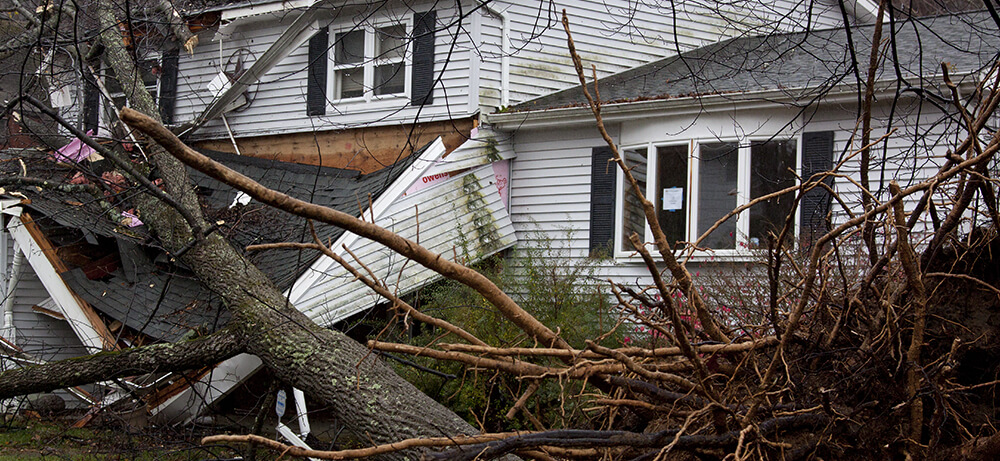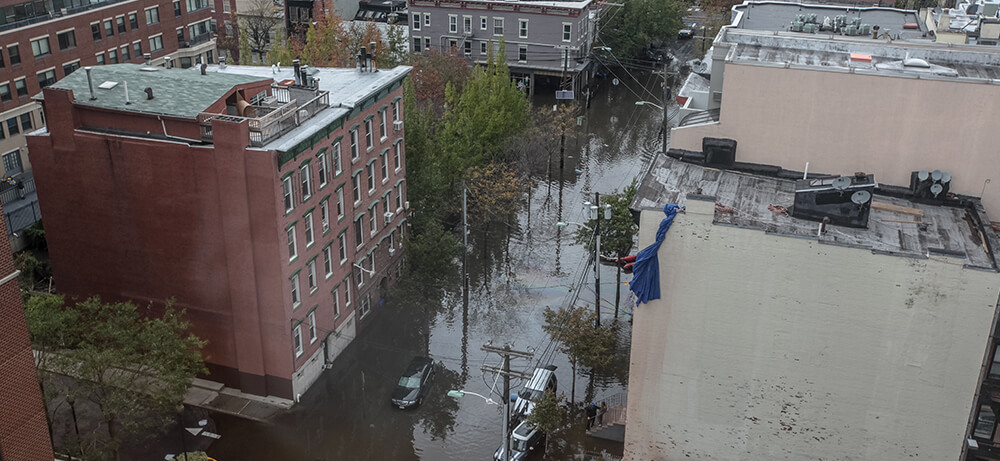Severe Weather Spotlight
Severe weather can throw off a farmer’s planting season before it even begins. In the springtime, severe weather usually means high winds, pounding rains, large hail or powerful tornadoes. Other forms of severe weather include wildfires, dust storms, ice storms, and blizzards. The risk for severe weather and what kind of severe weather you will experience depend on where you live. Although you can’t prevent severe weather, you can prepare for it.
Understanding severe weather
Understanding the terms used to describe severe weather is an important part of preparation. Meteorologists officially classify severe weather as any kid of weather that puts lives and property at risk or requires intervention from authorities. There are two categories of severe weather. General severe weather affects a wide geographic area and localized severe weather impacts a smaller area. Extreme weather and severe weather have different meanings. Extreme weather describes an especially unusual weather event.
Watches vs. warnings
When weather services announce an approaching storm they will issue either a watch or a warning. A watch means that the conditions are right for a severe thunderstorm or a tornado to develop. Under a watch, meteorologists haven’t necessarily seen a thunderstorm or tornado formed but they are cautioning people to keep an eye on the weather. When the weather service issues a warning, there is an imminent threat of severe weather. Warnings should be taken seriously and you should respond accordingly.
Damaging winds
Damaging winds uproot trees, damage homes and flatten crops. Gusting at over 50 mph, these high winds are also called straight-line winds to distinguish them from tornadoes. Most thunderstorms produce damaging winds, which is why straight-line wind damage is more common than tornado damage.

Famers know to batten down the hatches when severe weather approaches but unfortunately their crops are left exposed. Corn is especially vulnerable to high wind speeds in the later stages of growth. Just before pollination, elongation at a corn stalk’s “joints” occurs rapidly. At this phase, corn is experiencing a lot of growth but doesn’t have the structural strength to support it against high winds.
Tornadoes
Tornadoes are one of the most destructive severe weather phenomena. Air rotates violently from the base of a thunderstorm to the ground. The Wind is invisible, so tornadoes can be difficult to see without a condensation funnel. When you see a tornado, you’re looking at a condensation funnel made of water droplets, debris, and dust. Although short-lived, tornadoes wreak havoc on the ground and leave behind a trail of devastation.
Hailstorms
Farmers in Nebraska, Colorado, and Wyoming get the most hailstorms every year but the rest of the country also experiences this form of severe weather. Hail happens when raindrops are carried into extremely cold areas of a thunderstorm where they freeze and fall to the ground below. Pea-sized hail is most common but hailstones can reach the size of a softball. These chunks of ice blast through windows and damage buildings. Crops and livestock also suffer during hailstorms.
Flooding
Heavy rainfall from severe thunderstorms can lead to flooding. There are three classifications of floods. Coastal floods are caused by strong winds and cyclones. River floods occur when the water level in a river overflows outside of its normal banks. Flash floods spring up quickly and are usually a product of slow-moving thunderstorms. People who are caught unaware can be swept away by strong currents. Floods drown crops and can put farmers at risk of soil erosion and landslides.

The Aftermath
After the severe weather has passed, the cleanup begins. Make sure your area is secure before assessing the damage. Look for downed power lines, loose tree limbs, and unstable buildings. When it’s safe, you can begin surveying the damage to your farm. Take an inventory of your crops, livestock, machinery and buildings. Photograph any damage and keep a careful record of your losses to submit to your insurance company. The aftermath of severe weather can be devastating. Purchasing crop insurance at the beginning of the season is one way to prepare for severe weather and make the recovery process easier.
